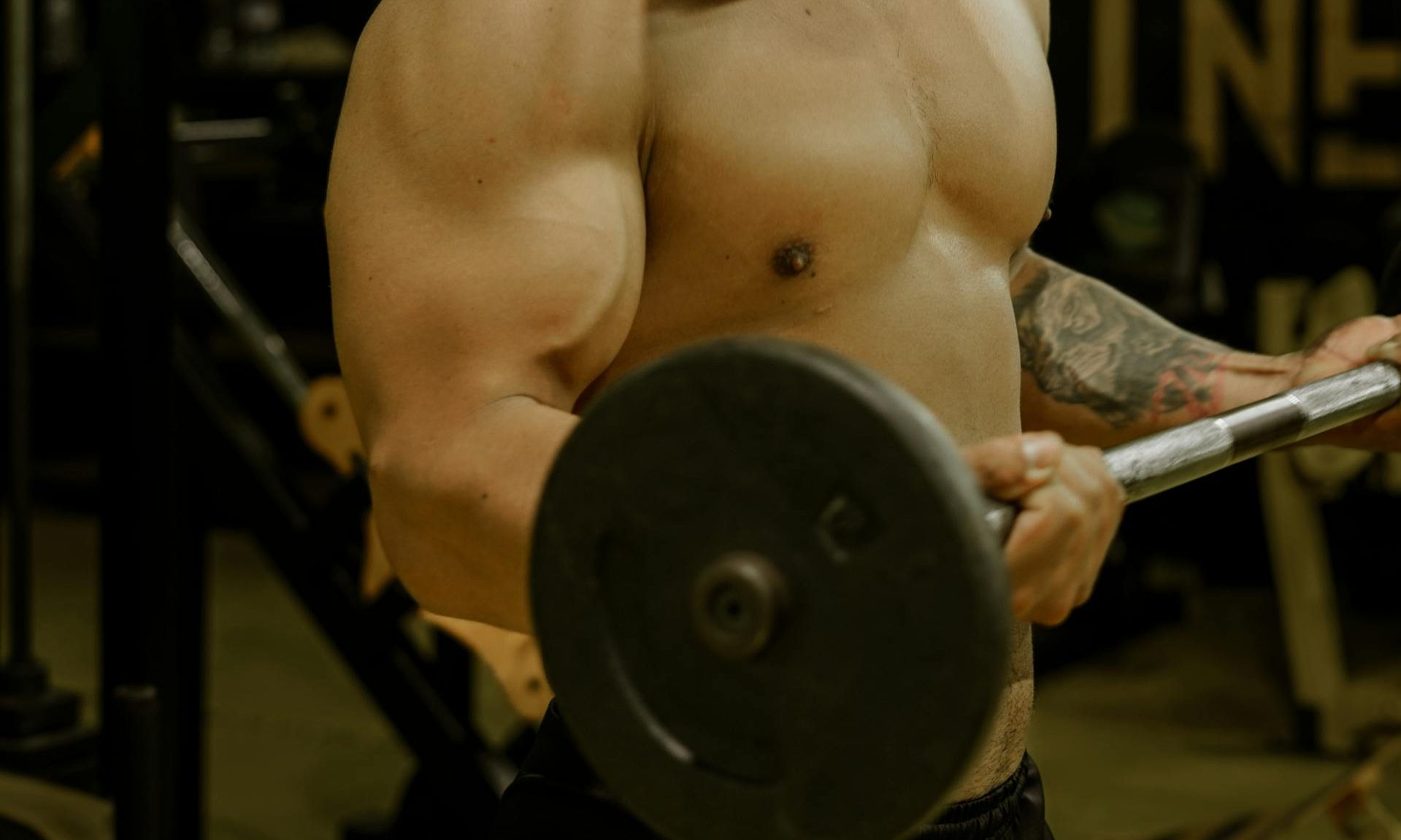When you’re trying to maximize your results in the gym, you might be incorporating progressive overload and implementing other methods to swell those muscles. Some powerlifters and weightlifting enthusiasts discuss trying cluster sets to allow for more power and heavier weights. Recently, researchers compared the efficacy of traditional sets and cluster sets for fueling muscle growth and power. Let’s take a look at this interesting new research.
What are cluster sets?

Cluster sets are a training methodology where you break up your reps with shorter rest periods. Another way to look at it is that cluster sets are like traditional sets that you break up into smaller groups of reps with short rests in between.
Most people rest between reps for anywhere from five seconds to 30 seconds. Some people rest for a few minutes at the end of a cluster set before moving on to the next. So, are cluster sets really an effective way to train? What does the new research show?
The study

In a study published in The European Journal of Applied Physiology, researchers compared the efficacy of traditional sets and cluster sets on muscle growth in 10 experienced weightlifters. Each participant trained one leg with cluster sets and the other with traditional sets for eight weeks. The lifters performed two weekly sessions, including leg extensions and leg presses.
For the traditional sets, lifters performed 12 reps and 5 sets. For the cluster sets, lifters performed 3 clusters of 4 reps per set with 20-second intra-set rests. Researchers controlled the effort level, adjusted weights, and measured muscle thickness via ultrasound and lean tissue mass via DEXA X-ray.
The results

The researchers found that:
- Both traditional sets and cluster sets significantly increased muscle thickness and lean mass over the 8-week study.
- The cluster set protocol yielded similar increases in muscle mass and thickness compared to the traditional set protocol.
- There were no significant differences between traditional and cluster sets regarding training volume or muscle growth.
The takeaway

While this is a small study, and more research is needed to draw clear conclusions, this study shows us that cluster sets could be just as effective for building muscle as performing traditional sets. For many lifters, they say that the short breaks allow more weight to be lifted per set, which can also help them push through plateaus. For those wanting to use cluster sets to amplify results, this study shows it could definitely be worth a try to switch up your routine and see how it works for you.
You could start by trying cluster sets for moves like deadlifts, Goblet squats, and bench presses. At the end of the day, it’s best to do what feels right for you to level up your fitness.




